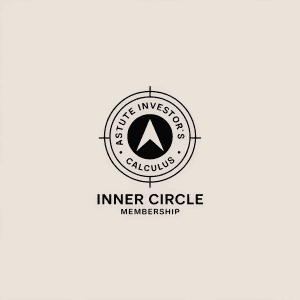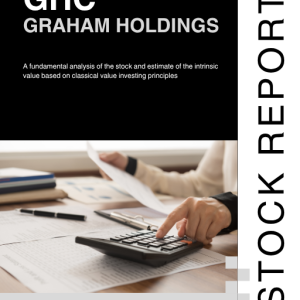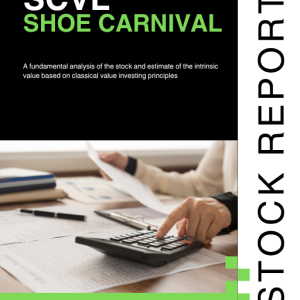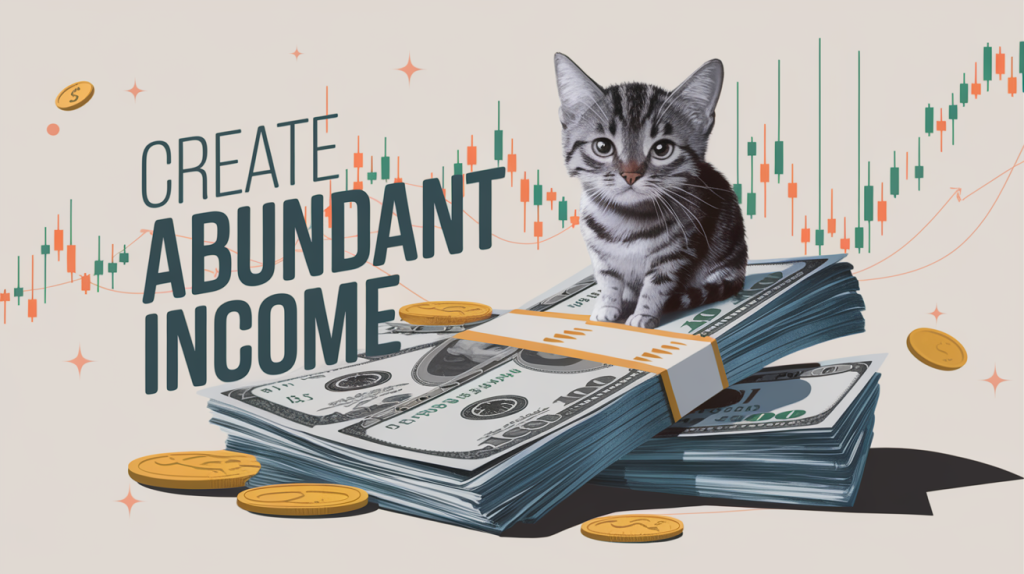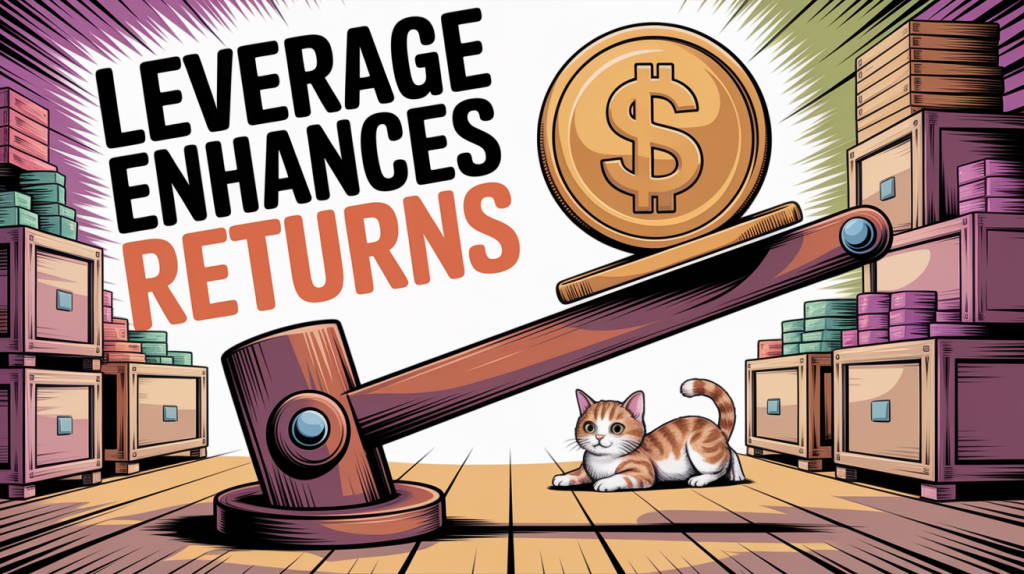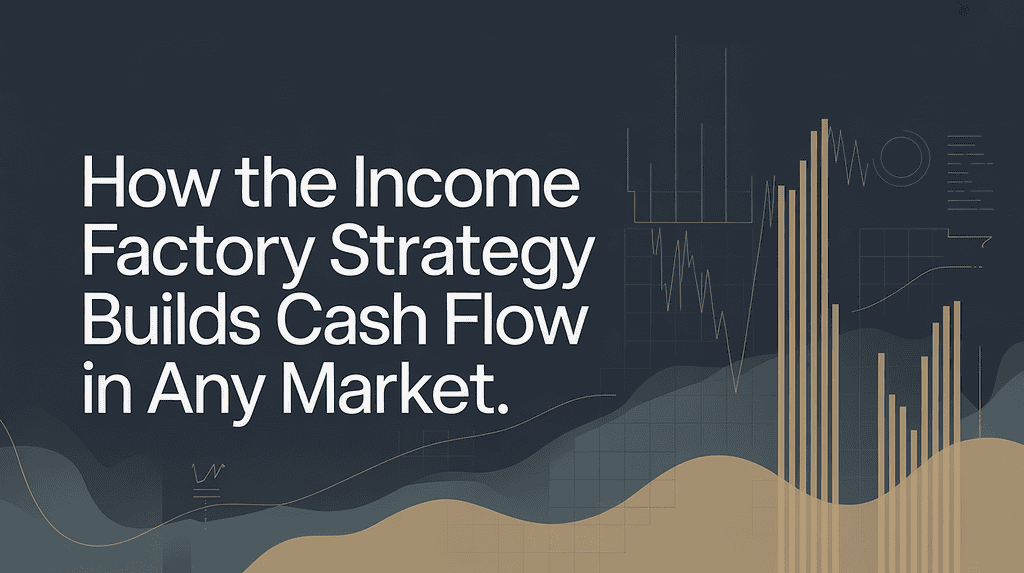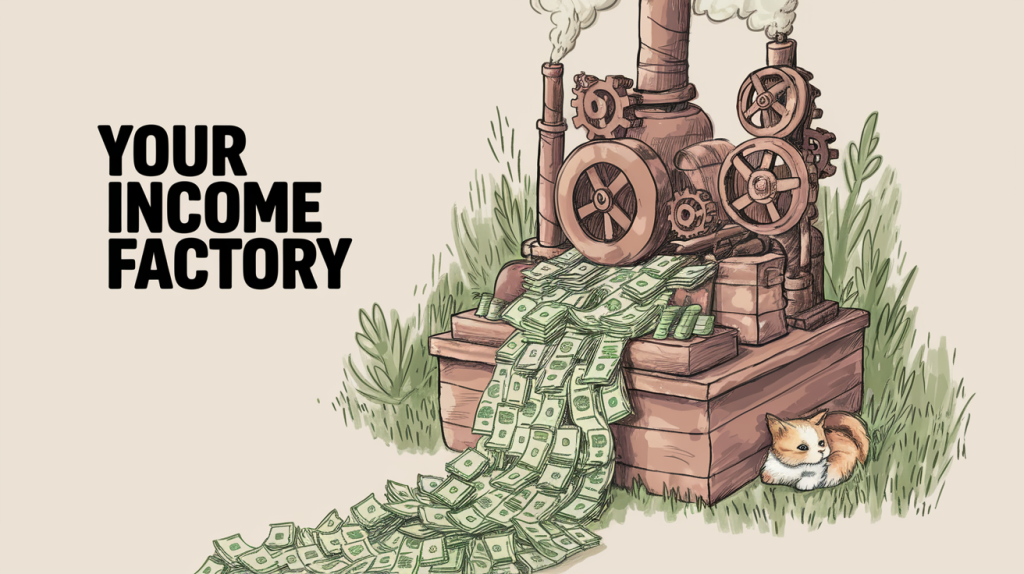
Get your own copy of the Income Factoy book
Transforming Your Portfolio into a Cash-Generating Machine
We know that compound interest is the 8th wonder of the modern world, and with consistent compounding, our portfolios can grow significantly given enough time. However, investing today places a great deal of focus on buying stocks that appreciate in value, and not much on buying investments that generate income. Dividend Growth Investing is one of the ways to achieve compounding with cash flow. Steven Bavaria’s Income Factory portfolio is another.
Income Factory philosophy works by generating significant amounts of monthly cash flow that is then reinvested to drive long term compounding. The focus is on increasing the number of shares owned of the underlying investments, which in turn will increase the cash flow it spits out as dividends and distributions. This approach creates a predictable and growing monthly income stream generating equity like return through high-yield investments.
Here I will lay out a 5 step process to build your own Income Factory.
Step 1: Understanding the Core Philosophy of the Income Factory
Income Factory is an attitude shift from traditional investing. Here dividends and distributions matter more than stock prices. You will focus more on the cash flow that you receive each month, and reinvesting it to compound and grow the cash flow. You do not necessarily care about the size of the portfolio – just the number of shares owned and the cash flow it generates every month.
This is a difficult adjustment to make even if it sounds so simple in theory. Think of Income Factory as a black box whose sole purpose is to manufacture cash for you. The more you put in, the more it generates. Every dollar that you invest in it creates an annuity of income stream. You are not really concerned about the size of the factory, you are only concerned about the efficiency of how it converts your $s into income streams, and the fact that it keeps growing the income stream as you reinvest in the factory.
Focusing on high income producing assets allows for your Income Factory portfolio to be market-agnostic. If the market goes down, your reinvestments will accumulate more shares. You are not worried about the portfolio value but you know your assets will generate predictable income stream regardless of the market conditions.
Step 2: Choosing the Right Investment Vehicles
A well-structured Income Factory Portfolio is built using diversified, high-yield asset classes. There is a variety of these asset classes available and I recommend you to pick a variety to build a diversified portfolio. Here’s how each plays a role:
Closed-End Funds (CEFs)
Closed-End Funds are the backbone of an income-focused portfolio. They deliver high yield, either because of the high-yield assets they invest in, or because they have juiced up their yields by employing leverage in their investments. There are CEFs targeting many different asset types, be it fixed-income or equities or a blend.
When investing in the Closed-End Funds, you should keep an eye on the Net Asset Value of the fund. CEFConnect is a great resource for researching CEFs. Funds often trade at a discount to their NAV. This is a good time to purchase these funds as they are likely undervalued. Many popular funds can start trading at a Premium, in which case you can hold off buying that fund. CEF Connect will also give you data on the leverage a fund employs in its portfolio, and it is a good idea to monitor how much leverage you are exposing your portfolio to. There is a balance – high leverage often means higher yield.
Closed-End Funds differ from ETFs and Mutual Funds in that there total number of outstanding shares is fixed and the investors buy or sell their shares on a secondary market.
Business Development Companies (BDCs)
Business Development Companies generate consistent cash flow from lending to small and mid-sized businesses. They often distribute their lending income to the shareholders on a monthly basis. Credit risk is a big factor in evaluating BDCs as well as the management performance over time. There are several BDCs that have proven resilient over time. One of them is Main Street Capital (MAIN).
Covered Call Funds
Covered Call Funds invest in stocks or indexes and then write covered call options against them. If the price does not reach the strike price, the options expire without executing but the fund collects the option premium. This allows them to generate income in flat or sideways markets.
The risk of course is that the underlying asset will appreciate in price and hit the option strike price, in which case the underlying will be called away. The fund will then have to rebuy the underlying to continue this process, but this does put a damper on the capital appreciation in the fund.
In the end, you will receive some capital appreciation with enhanced income compared to the underlying. Essentially, this is a way to convert future capital appreciation into current income.
Covered Call Funds exist for main indexes, S&P500, Nasdaq 100 and Russell 2000. Examples of these funds include JEPI, JEPQ, SPYI, QQQI, IWMI, etc. Roundhill also runs a variant of Covered Call strategy using 0DTE options and they have several funds available for retail investors.
Real Estate Investment Trusts (REITs)
Investors use REITs as a liquid way to get exposure to the real estate, without the headaches of property ownership. When you buy a REIT, you also get a professional management with a track record that you can audit. You can buy REITs in two main flavors: Equity REITs own physical properties and distribute the rental income to the shareholders, Mortgage REITs own the mortgages on the physical properties and distribute the interest payments received to the shareholders. These 2 flavors of REITs carry a different sets of risks.
There are REITs available that target different sectors of real estate such as residential, commercial, industrial, data centers, cell phone towers, hotels, medical offices, etc.
There are a number of REITs that pay a dividend monthly. Realty Income (O) and Stag Industrial (STAG) are two of the many.
You could also buy ETFs and CEFs that invest in REITs.
Preferred Stock Funds
Preferred Stock Funds invest in preferred shares of companies. Preferred shares are equity that trade like bonds. They have a predetermined dividend that is paid monthly and they are senior to the common equity, so the risk is lower than investing in the stock of the same company.
The yield on the preferred shares is generally much higher than the common stock and the dividend is fixed and more reliable.
It is harder for the retail investor to search for and evaluate individual preferred stock. Additionally, you would want to buy a diversified set of preferred shares and this is better done by buying preferred stock funds. There are many available (PFF, PFFA, etc), and some of them are leveraged and offer enhanced yield.
Step 3: Sector & Asset Class Diversification for Stability
A resilient Income Factory Portfolio should avoid concentration risk by spreading exposure across sectors and asset classes. This is easily done by selecting ETFs and CEFs with a variety of sector exposure. Here are a few ideas.
- Utilities: Reliable dividend payers with monopoly-like pricing power.
- Energy & MLPs: High-yield opportunities in pipeline and midstream infrastructure.
- Financials: Banks, insurance companies, and lending institutions built for cash flow.
- Healthcare & Pharmaceuticals: Defensive sector with steady cash flow even in recessions.
- Global Bonds & Emerging Markets: Adding geographic and currency diversification for stability.
You can add a few more to this as you desire. I personally like Bank Loan funds – these funds invest in unsecured bank loans issued to the businesses. These are not public bonds, just private credit.
Step 4: The Role of Leverage in an Income Factory Portfolio
Many of the ETFs and CEFs achieve high yields by adding leverage to their portfolio. This is one reason why you should have a diverse set of investments in your Income Factory. Leverage enhances yields but also increases risk.
CEF Connect will give you data on how much leverage is employed by each CEF. Your risk profile will dictate how much you will be comfortable with, buy I recommend not to exceed 30% leverage. Please also have other unlevered funds in your portfolio as well as investments that are not exposed to interest rate risks.
Step 5: Constructing a Well-Balanced Income Factory Portfolio
I manage an Income Factory portfolio that is available to the Founder’s Club members. Listed below is one example of a well-structured Income Factory portfolio. You can use the CEF Connect website and the guidance in this article to select individual investments:
- 50% Core High-Yield Funds: CEFs, BDCs, Covered Call ETFs.
- 20% Real Assets & REITs: Exposure to real estate and infrastructure.
- 20% Defensive & Fixed Income: Preferred stocks, bonds, and utilities.
- 10% Opportunistic: Higher-risk investments like MLPs and global bonds.
As you pick the investments, you should keep the following in mind to ensure you have consistent and growing monthly income.
- Choosing funds with staggered dividend payment schedules.
- Reinvesting dividends to accelerate compounding.
- Rebalancing periodically to optimize yield vs. risk.
The Path to Financial Freedom with an Income Factory Portfolio
The Income Factory strategy offers a way to generate reliable, growing income regardless of market fluctuations. A well-structured portfolio can replace earned income over time, providing true financial freedom. You could use your Income Factory for many additional purposes, such as, a source of funding for your other portfolios or business interests, living expenses, funding college expenses for your children, etc. The key to remember that size of the income stream is what gives you true financial freedom, not the size of your portfolio.
Featured products

Shailesh Kumar, MBA is the founder of Astute Investor’s Calculus, where he shares high-conviction small-cap value ideas, stock reports, and investing strategies.
His work has been featured in the New York Times and profiled on Wikipedia. He previously ran Value Stock Guide, one of the earliest value investing platforms online.
Subscribe to the Inner Circle to access premium stock reports and strategy insights.
Featured in:


